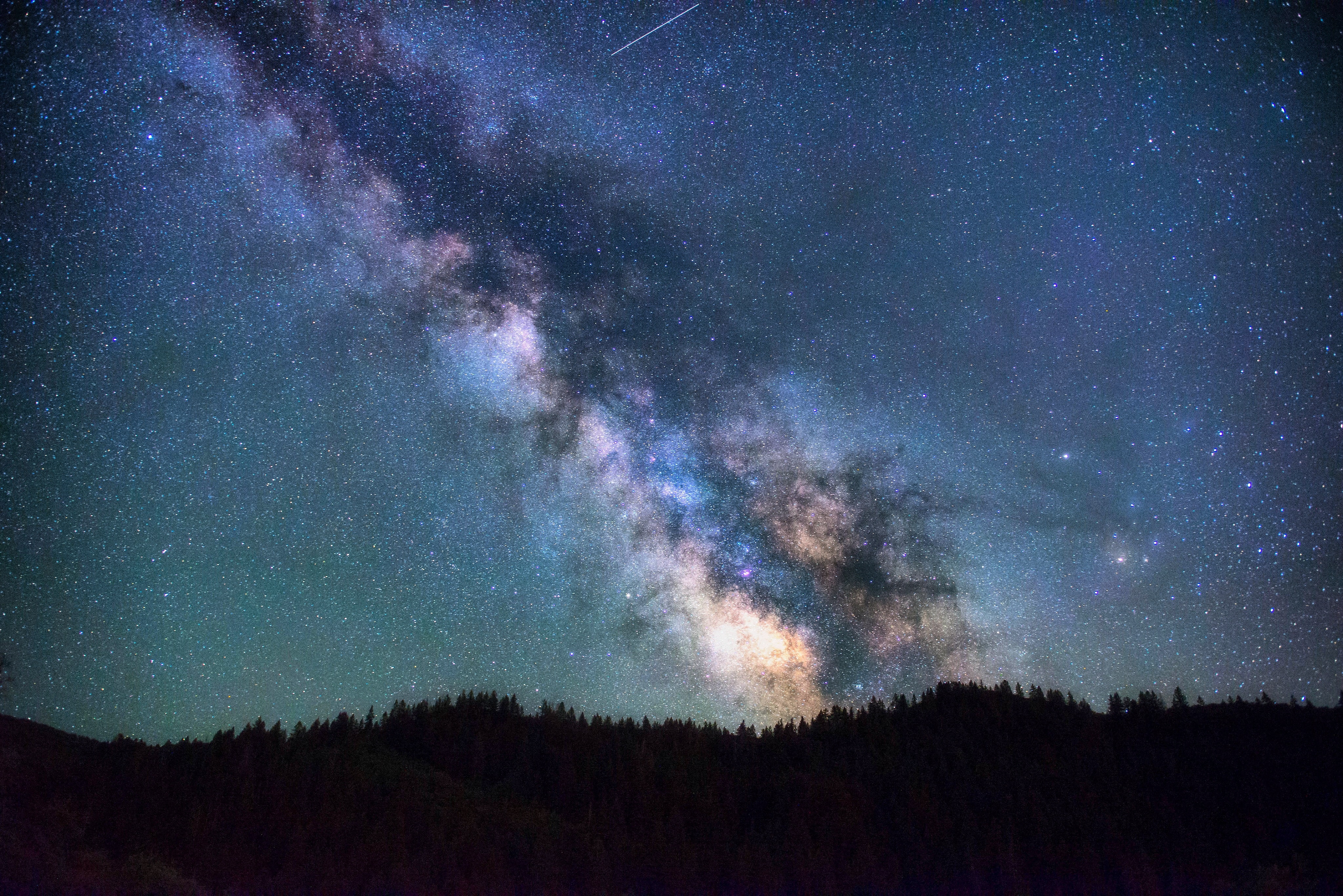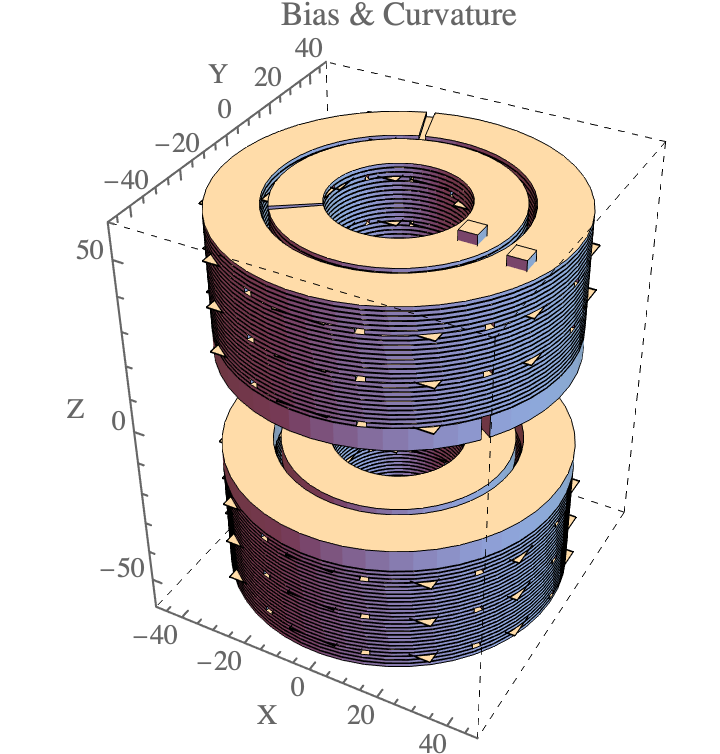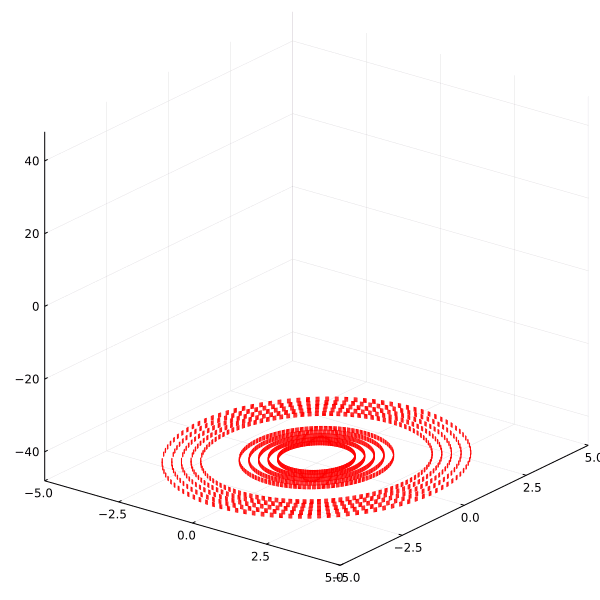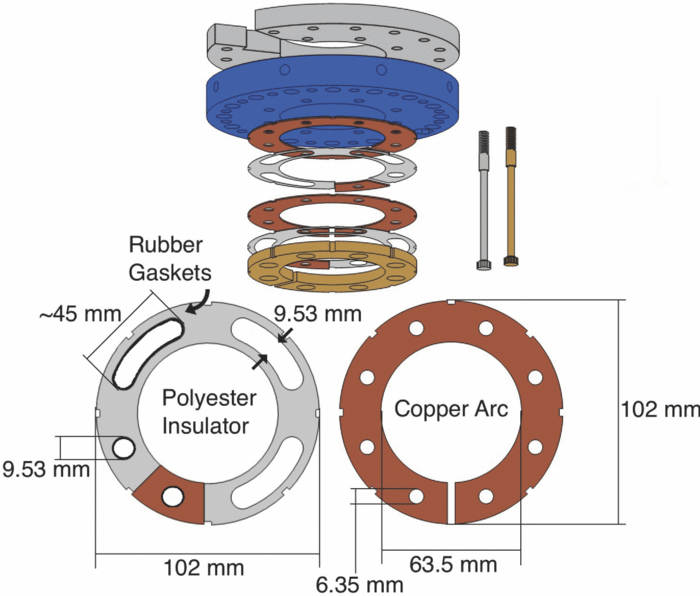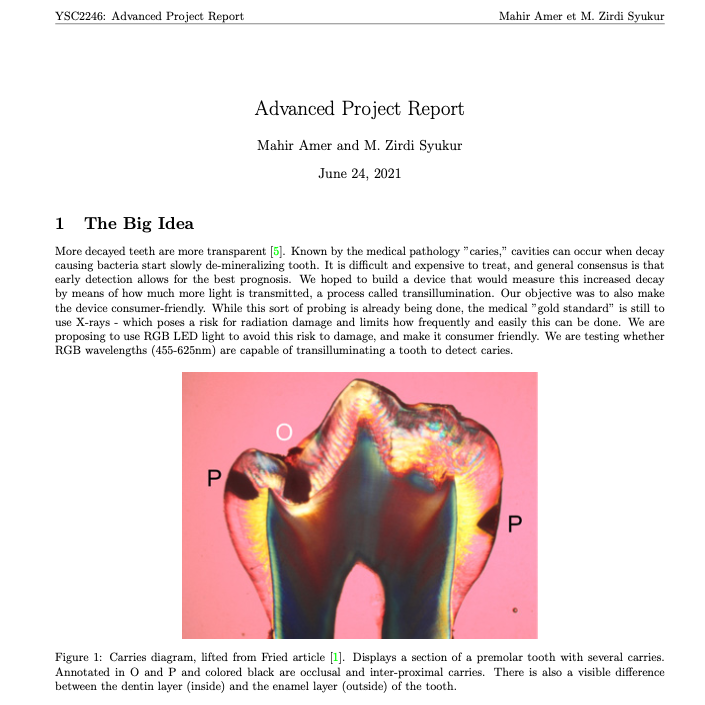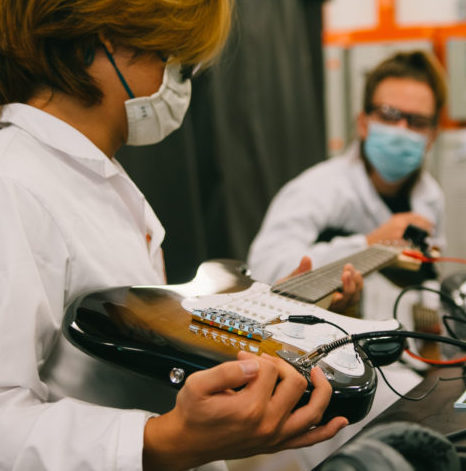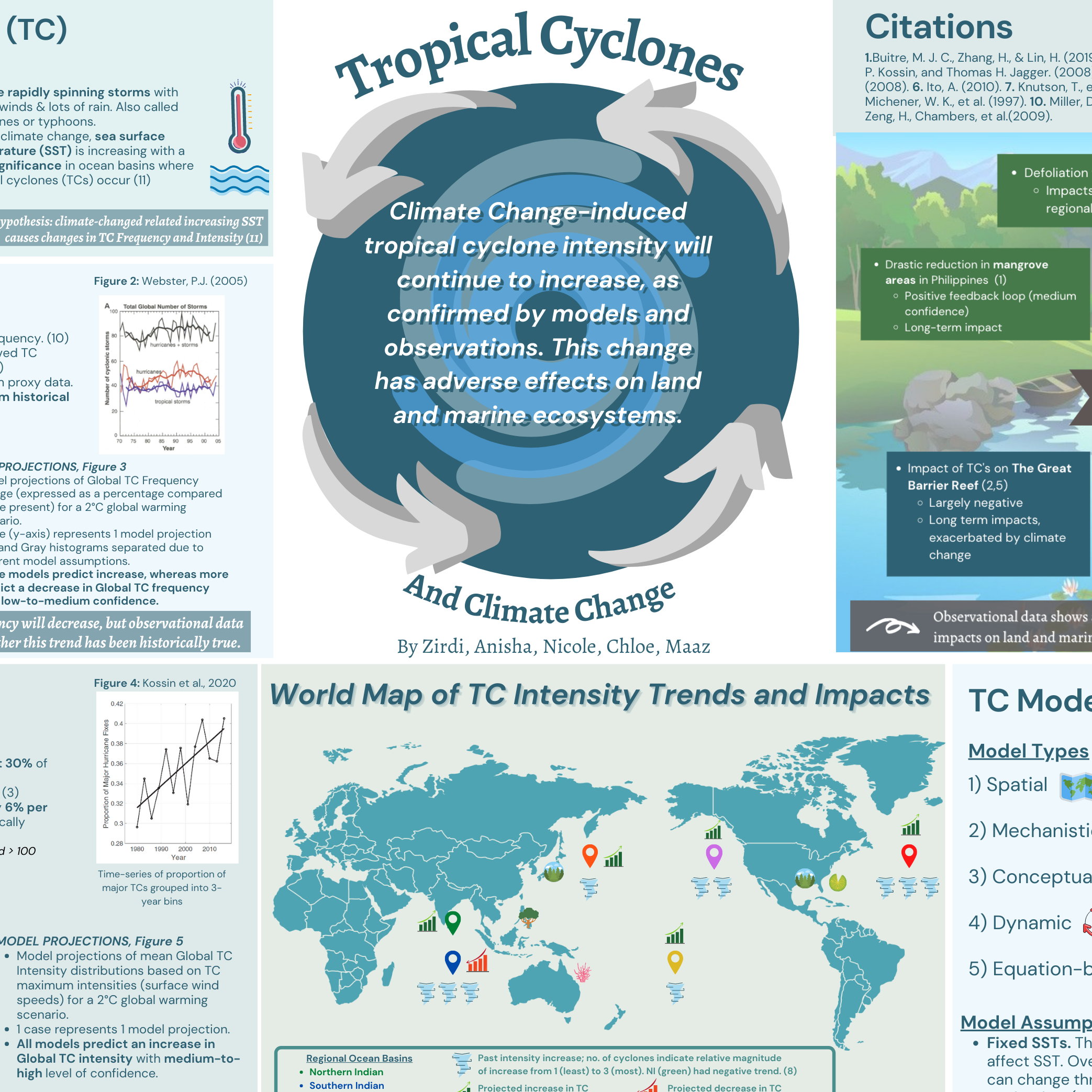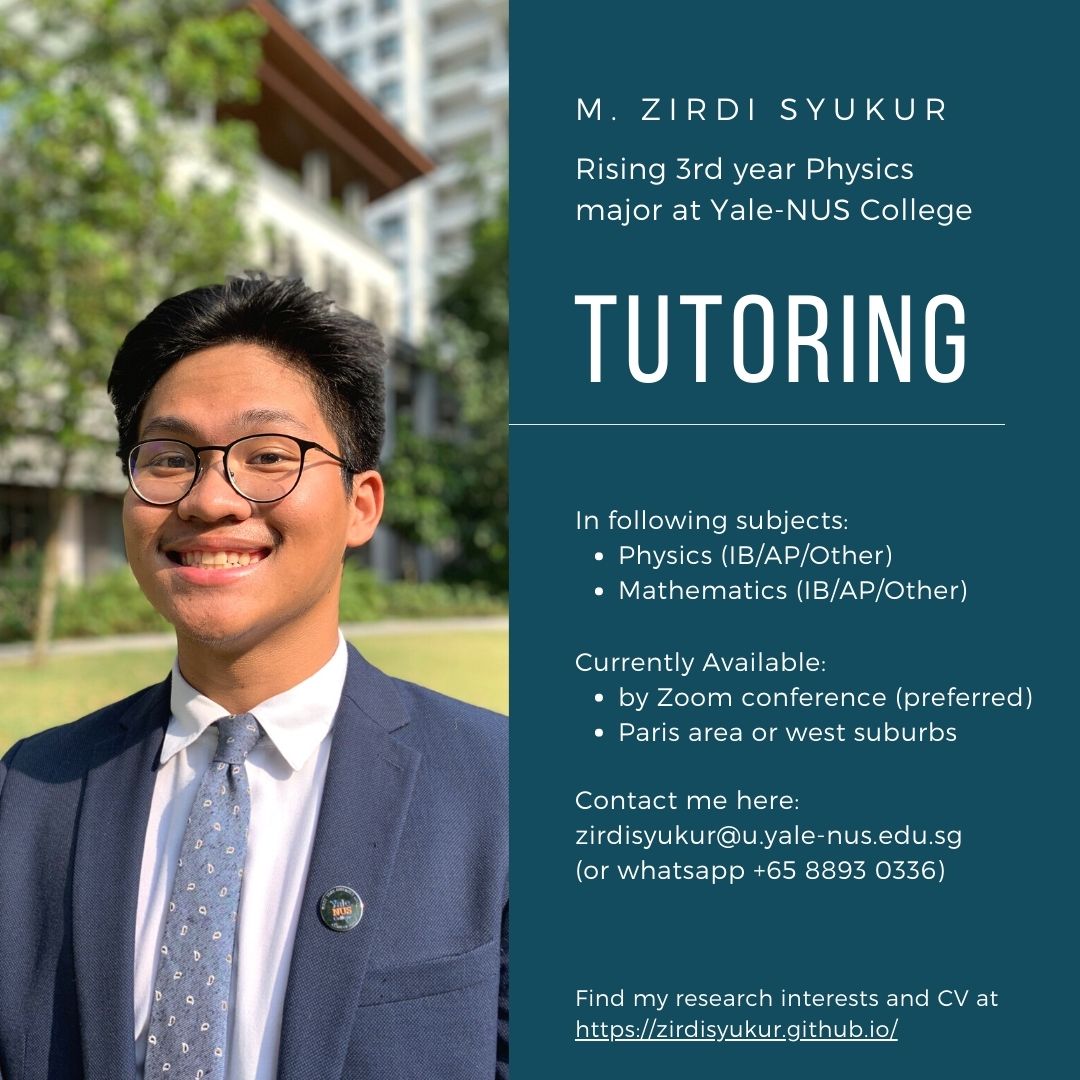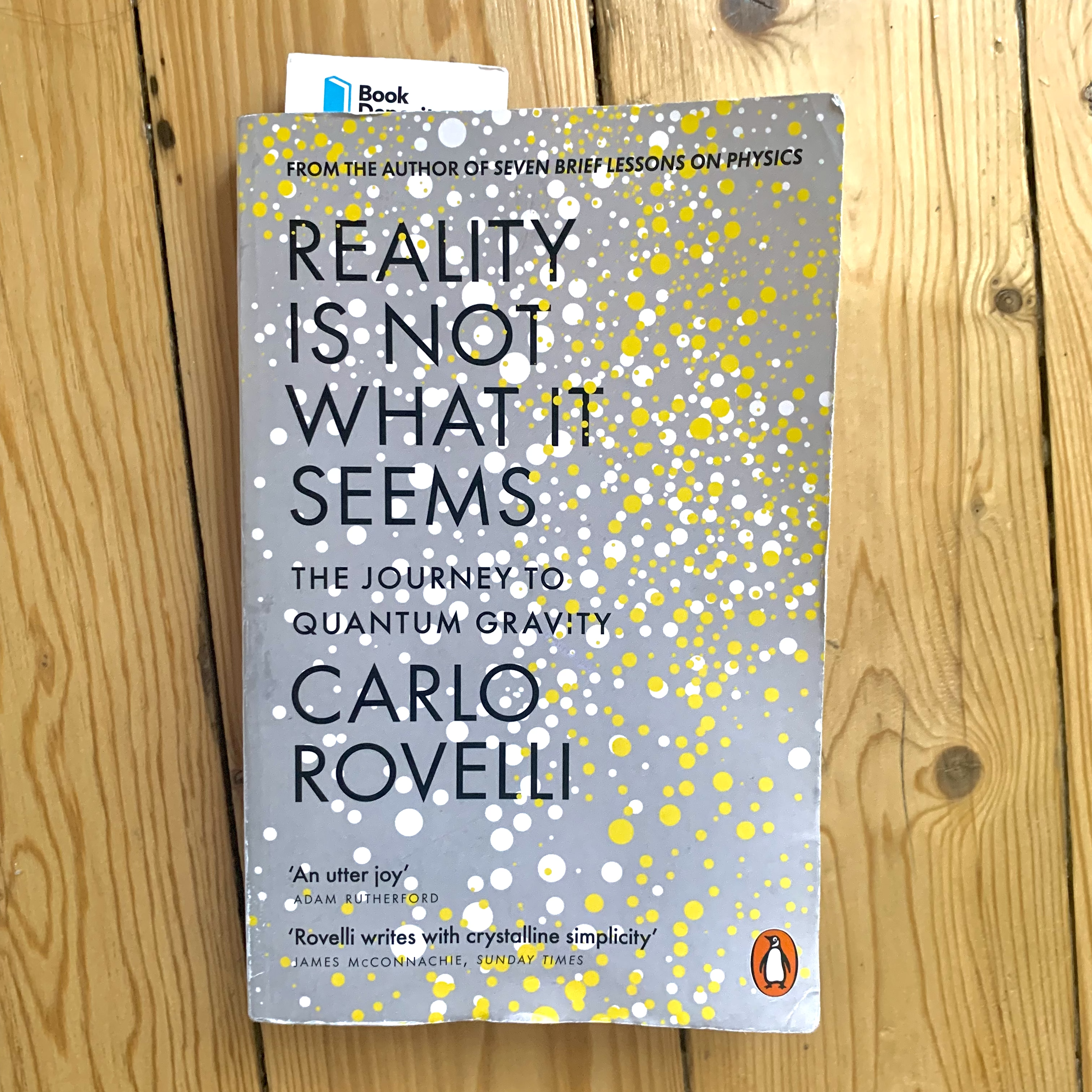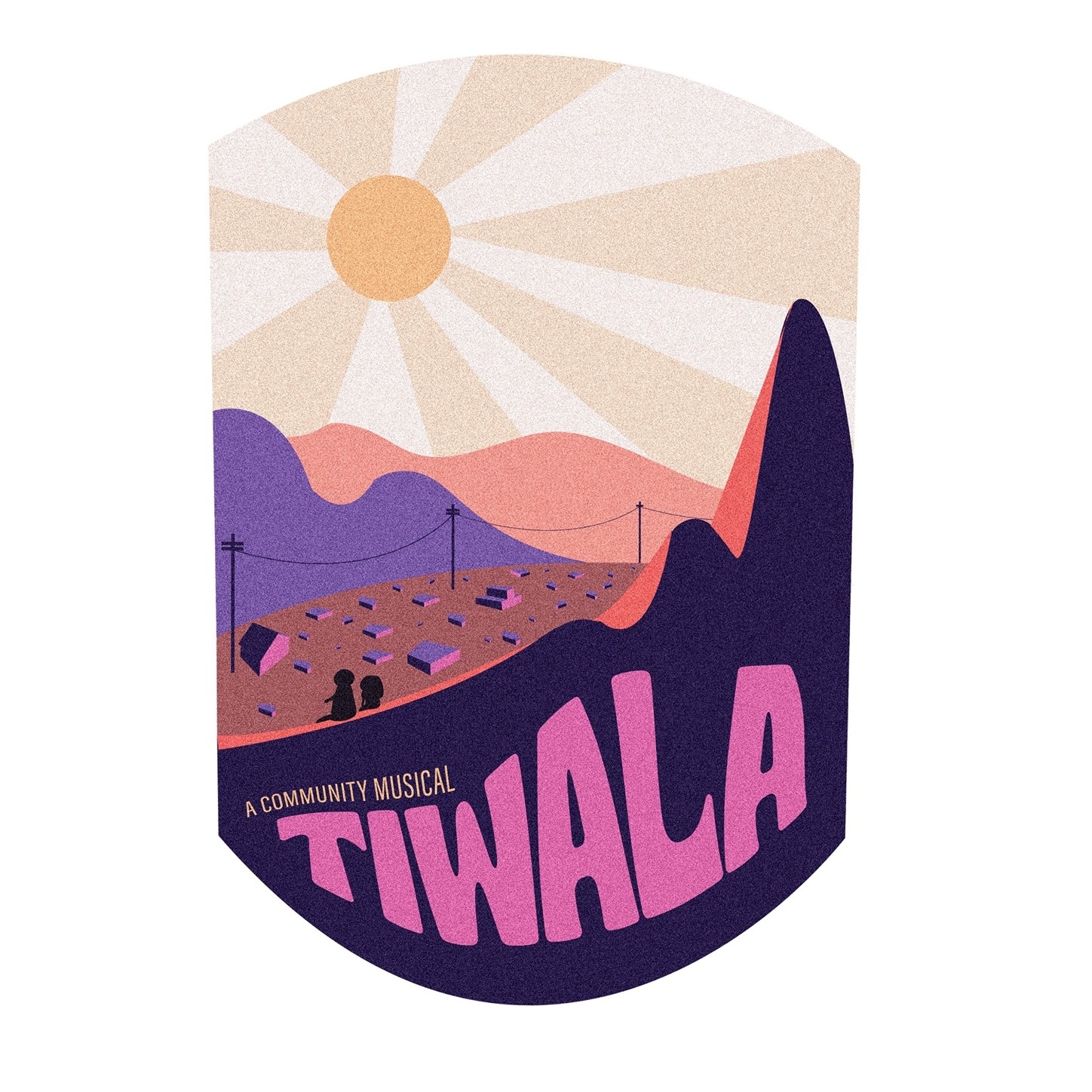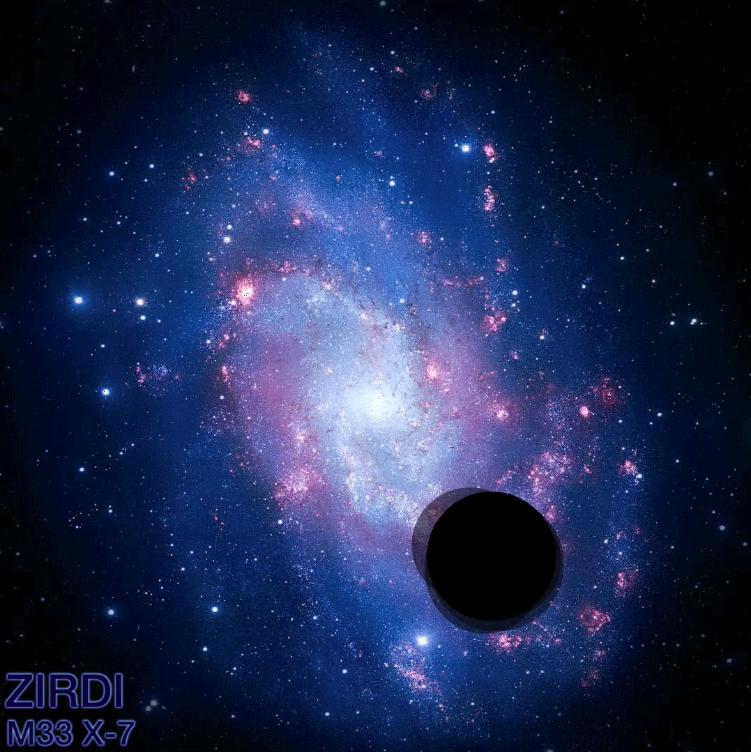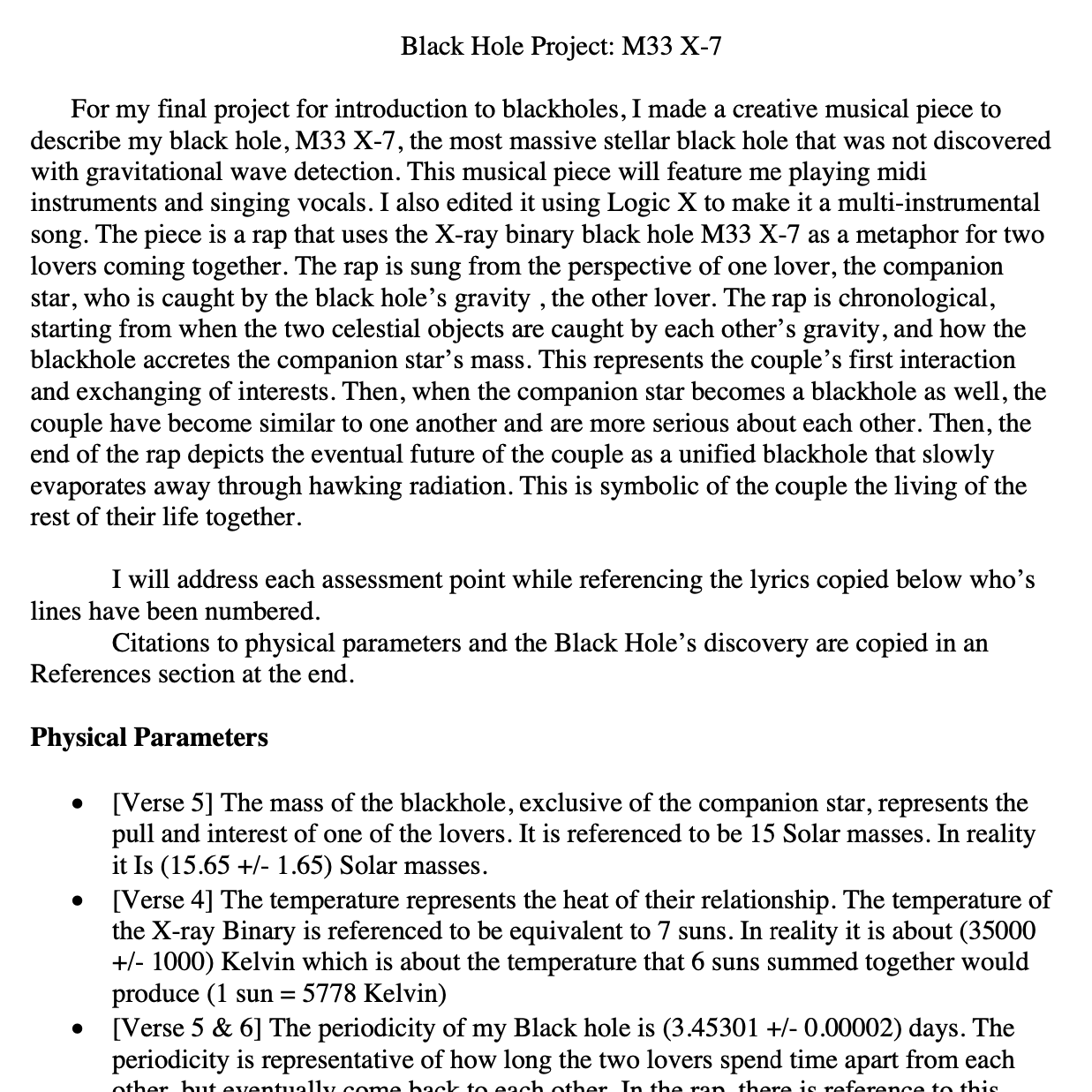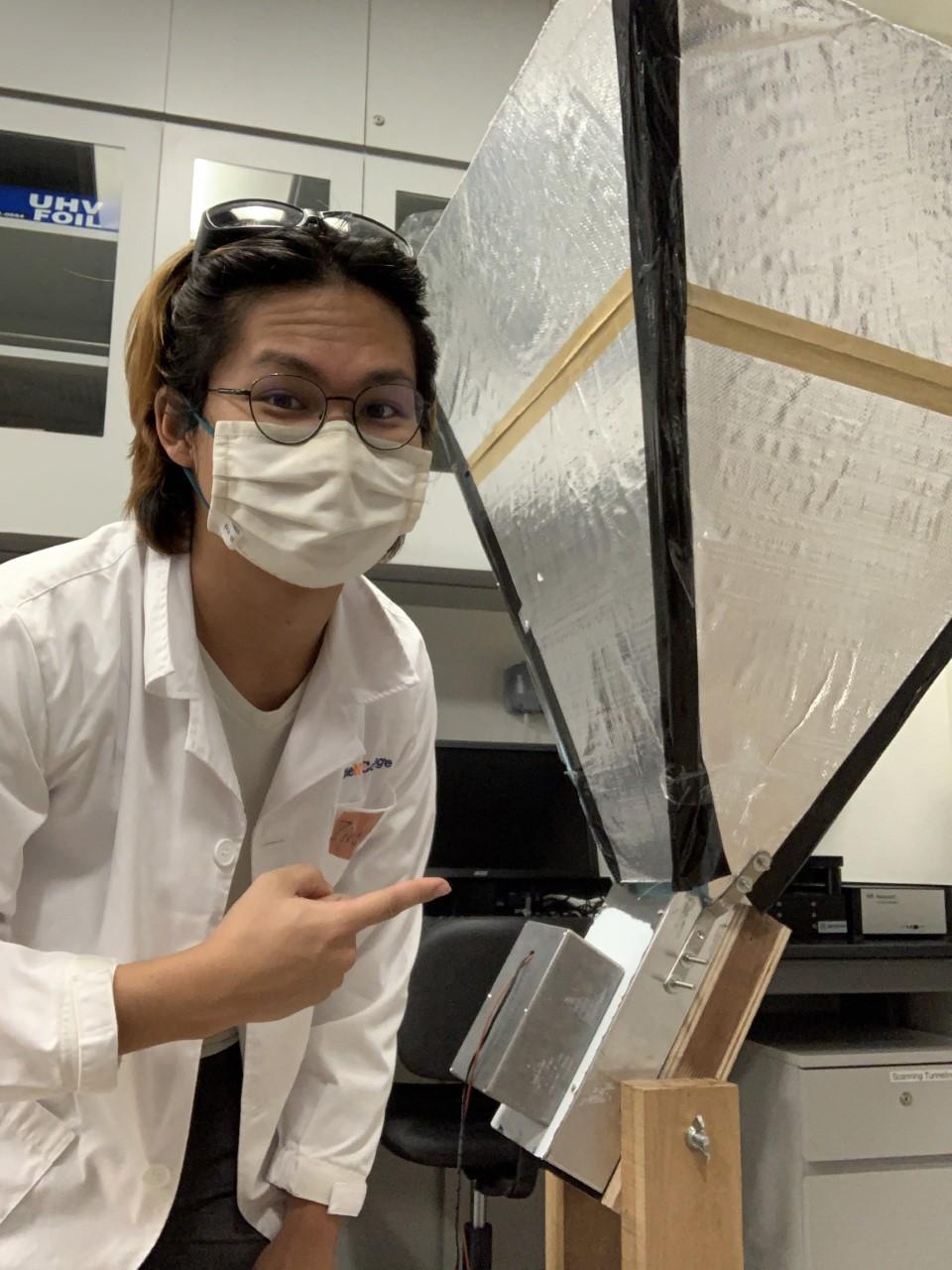
Hi!
Welcome to Zirdi's website!
About Me
My name is M. Zirdi Syukur (he/him), a young indonesian professional currently working in physics research.
I am a research engineer and specialist at the Institute of Materials Research and Engineering (IMRE), A*STAR. My working group, in
the Quantum Technologies for Engineering (QTE) division, works towards building the next generation atomic magnetometers,
capable of measuring magnetic fields with fT/sqrt(Hz) sensitivities. Additionally, we aim to use the same magnetometer to build
ultra-precise gyroscopes. I am a recent graduate of Yale-NUS College in Singapore, with an honors, cum laude, degree in the
physical sciences. I am currently most interested in magnetometery, particle physics, audio signal processing, and using physics
for sustainable energy systems.
At Yale-NUS College, I undertook various extra-curricular research projects: In my first year,
I explored astronomy through my research with Professor Chelsea Sharon at Yale-NUS College where I constructed a radio telescope
to detect hydrogen line emissions to test Singapore's radio frequency interference and the feasibility of radio astronomy. During the summer of 2020,
I continued this research alongside participating in the Introduction to Astronomy course held by Howard Isaacson, a professional astronomer from Berkeley.
From my second to final year, I worked with professor Ben Olsen to aid with electromagnet design for his ultra-cold quantum gas experiment.
This research also became my final year capstone thesis.
Outside of physics I love playing guitar, dancing to hiphop, and playing table top board games.
Research
Building and testing a radio telescope
Download PresentationOne of the most important wavelengths for research in radio astronomy is 21cm. Galaxies are filled with neutral atomic hydrogen gas that emits strongly at this wavelength, making it an invaluable tool for research on nearby galaxies' structures, dynamics, and star formation rates. This wavelength is protected by international agreements but some countries are more zealous spectrum protectors than others. In this project, I make improvements to a small, portable, feed-horn style radio telescope in order to characterize the radio frequency interference (RFI) environment in Singapore near 21cm and to determine whether it would be useful to build a larger telescope on the Yale-NUS campus for teaching purposes in the future. Click here to download my presentation on the research
Direct-Current electromagnet field simulations/design
At Yale-NUS College, Professor Ben Olsen has been steadily constructing a bitter-type electromagnet for future ultracold quantum gas experiments with alkali atoms. To enable to apparatus to conduct future experiments of varying types, it is required that the magnetic fields produced by the electromagnets msut be strong, quick, and flexible to different configurations. Example future experiments include probing exotic quantum phases of matter or studying many-body spin dynamics. To help achieve this goal, I am working with Professor Olsen in simulating various designs of a section of the electromagnets called the Bias and Curvature coils, the coils responsible for trapping near 0 kelvin alkali atoms for studying. I am charged with converting existing simulations in Mathematica into Julia code, whose quickness in scientific computation aids to our purpose of optimizing digital designs of the electromagnets before manufacturing. On top of simulating the magnetic fields, I am developing the code necessary to provide interactive and understandable visualizations of the geometry and currents of the electromagnets. The goal is to release developed code with documentation as to how to use such functions.
Curriculum Vitae
Find my CV here

